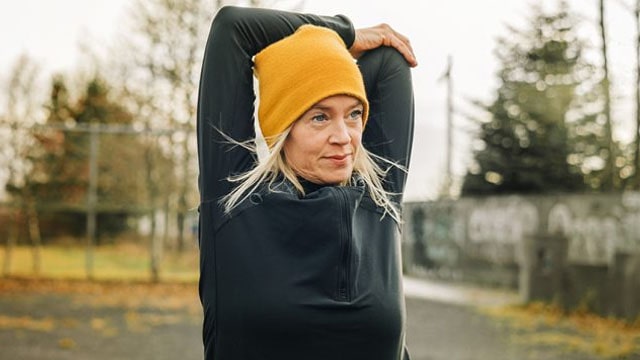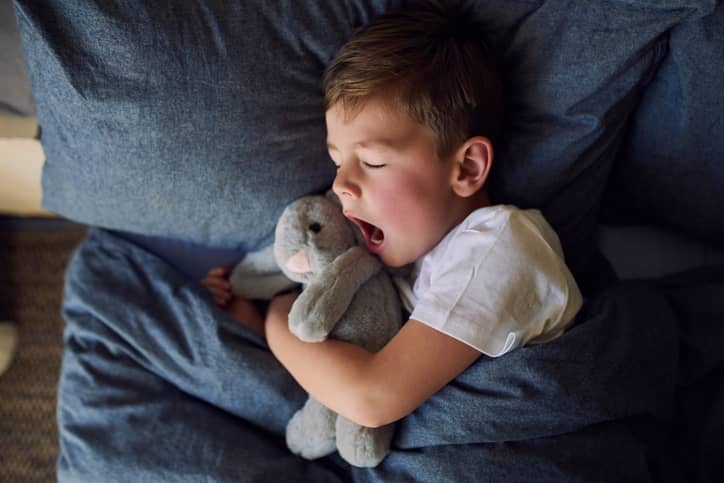If you’re visiting a shop, either to pick up essential items or just to browse, you may be wondering what you need to do to stay safe from coronavirus.
It may be shopping for groceries in a large store or looking for clothes in a small boutique, but in each setting there are things you can do to reduce your risk and help keep others safe.
Sally Bloomfield, Honorary Professor at The London School of Hygiene & Tropical Medicine and Chairman of the International Scientific Forum on Home Hygiene, shares her tips on staying safe while you shop.
What you can do to stay safe
Call ahead
A range of measures are being used by shops to help keep customers safe.
If you’re uncertain about going, however, call or email the store beforehand to see which of these measures are in place.
Assume you have the virus
Bloomfield stresses the importance of assuming that you could have coronavirus when you’re in a shop. This is because studies show that many people who are infected don’t have any symptoms (are asymptomatic), but can still spread the virus.
“People who are infected and infectious, but are asymptomatic, are contributing to the ongoing spread of infection,” says Bloomfield. “Staying out of lockdown must be a community effort, where we all behave as if we might be infected.”

Wear a face covering
“Mask-wearing is important, as shops and other public spaces become increasingly crowded and make maintaining social distancing more difficult," says Bloomfield.
Multiple studies show that face coverings reduce the chances of you spreading the virus to others when you cough, sneeze or talk.
Wearing a face mask in public is now required by law in many countries.
It can be a medical-type mask, scarf, bandana or any piece of cloth that covers your nose and mouth.
Some service stores, including hair salons and grocery stores, may give you a face mask or allow you to buy it. But you should still make sure you have your own mask with you and put it on before you enter a shop.

Keep a distance from others
Governments and health agencies recommend keeping a distance of at least 2 metres away from other people when you’re out or in a shop.
If you’re unable to keep this distance, such as in a small shop, it’s generally acceptable to keep 1 metre’s distance from others if you take other precautions — for example, by wearing a mask.
Stores are also using a range of measures to help you do this.
Wash your hands regularly or use sanitiser before and after you enter
Bloomfield recommends applying hand sanitiser before you enter a shop, and then again when you leave. Try to carry your own with you, though some stores may offer it.
You should use a hand sanitiser that contains at least 60% alcohol as this will be more effective at killing germs, such as viruses.
If you can wash your hands just before you enter a shop and just after you leave, that’s even better.
For hand sanitiser to be effective you need to use it correctly. To do this:
- Use enough sanitiser to cover both hands.
- Spread it across both sides of your hands, in between your fingers and around your nails so nowhere is missed.
- Rub it in for around 20 seconds or until your hands are dry, and don’t rinse or wipe any off.
- Don’t apply sanitiser if your hands are especially dirty — use soap and water if you can instead. If your hands are dirty when you enter a shop, ask an assistant if there is somewhere you can wash your hands.
You don’t need to wear disposable gloves while in shops, as they may not protect you from catching the virus nor prevent the spread of germs.
You can still pick up germs on any gloves you wear, and you may be less likely to wash your hands or remember to use sanitiser if you’re wearing gloves.
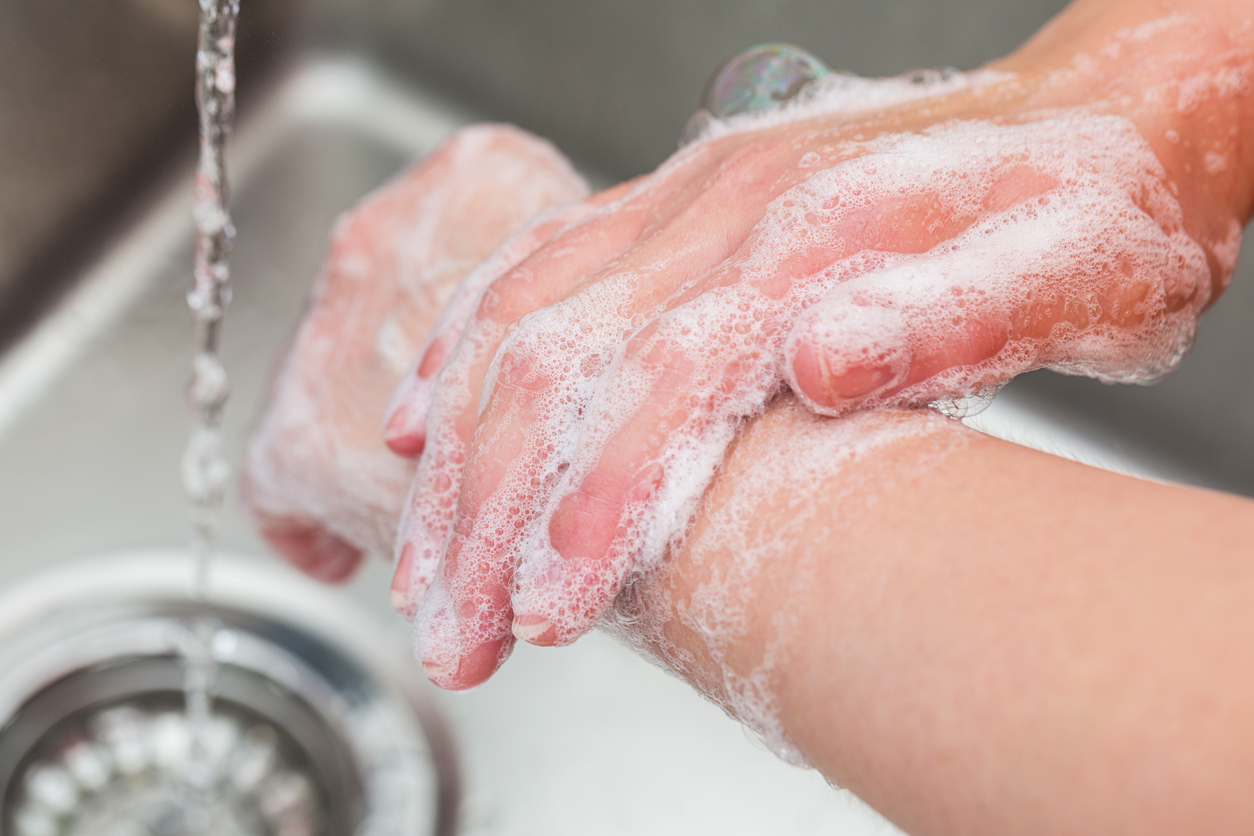
Limit how often you touch products
Bloomfield recommends you avoid touching items in a shop where possible.
This isn’t always easy, especially if you need to pull a product closer to read what’s on the label. But you should try.
“Try not to touch produce in the supermarket unless you intend to buy it. That way, if you happen to be infected, it reduces the risk that you might pass the virus on via your hands and food packaging,” she says.
Products on the shelf may also have been placed there or picked up and examined by someone with the virus.
Don’t rely on a deep clean
Staff in shops are generally required to sanitise customer areas to help minimise the spread of germs on surfaces, but Bloomfield says that deep cleaning is not always useful and won’t make a shop virus-free.
Stay safe while paying or at checkouts
Many shops and restaurants are encouraging customers to use a credit or debit card or contactless payment methods to minimise the risk of touching a surface that may be contaminated.
So remember to take a card with you and use that to pay where possible.
If you have to use cash or a keypad to pay, use hand sanitiser directly afterwards. If you use a keypad, you could always use the tip of your house key instead of your fingers.
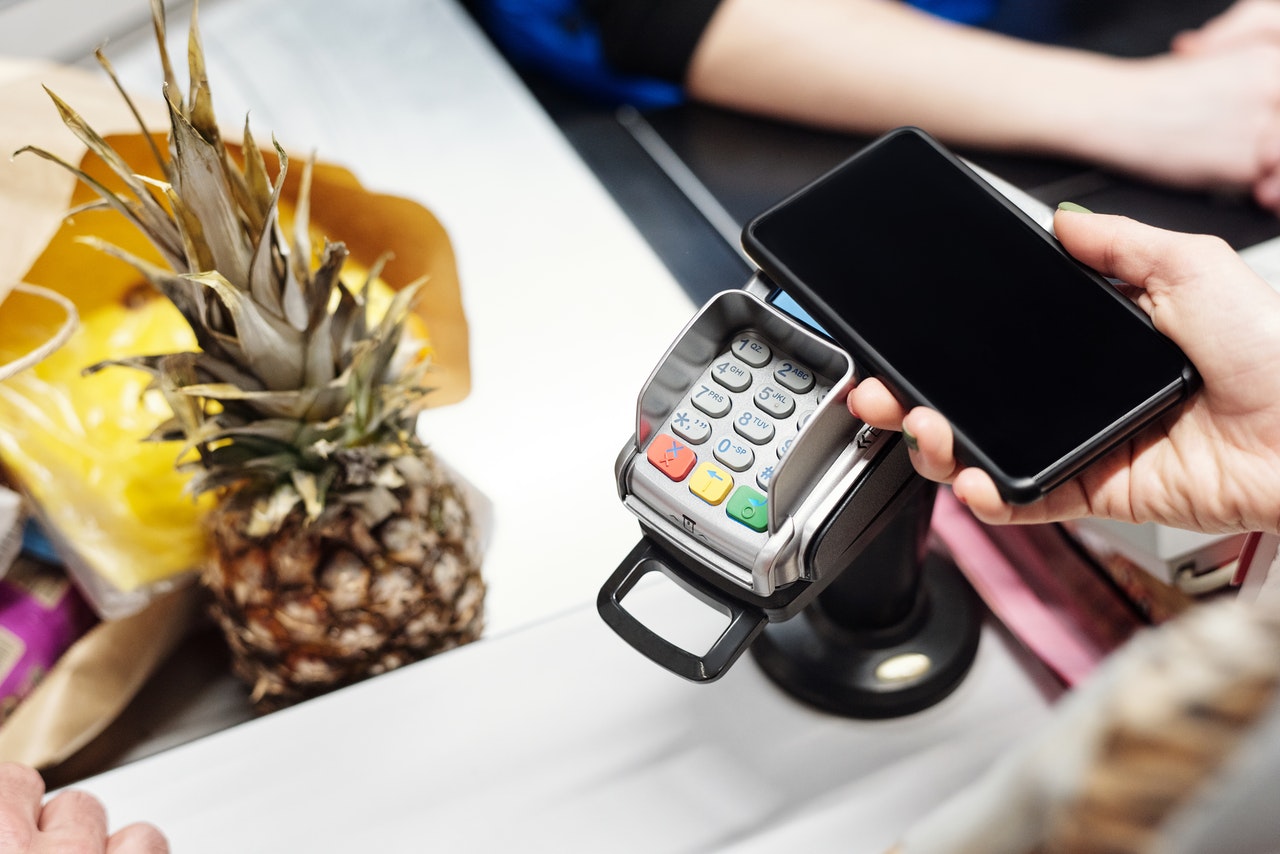
What stores may be doing to keep you safe
Limited numbers and outdoor queuing
Many stores have introduced a queuing system outside entrances to limit the number of people they allow in at any time. This will help people to keep their distance by preventing stores from becoming overcrowded.
You should remember to keep away from other people in the queue. Sometimes social distancing markers will be on the ground to guide you.
Store managers may also have authority to reduce the number of people in the store at any time if necessary. For example, this may be based on the number of checkout desks or self-service machines available in the store.
If you’re concerned a shop may be letting too many people in, contact their customer service department.
1-way systems
Some larger stores are using 1-way systems to create separate entrances and exits so that people move in the same direction. This should make it easier for you to keep a distance from other shoppers.
This will be signposted throughout the store with posters, floor stickers or other signs, so make sure to follow them.
Booking an appointment
Some small boutiques and clothes shops are asking customers to book an appointment to visit the store so they can stagger the flow of people in and out of the shop.
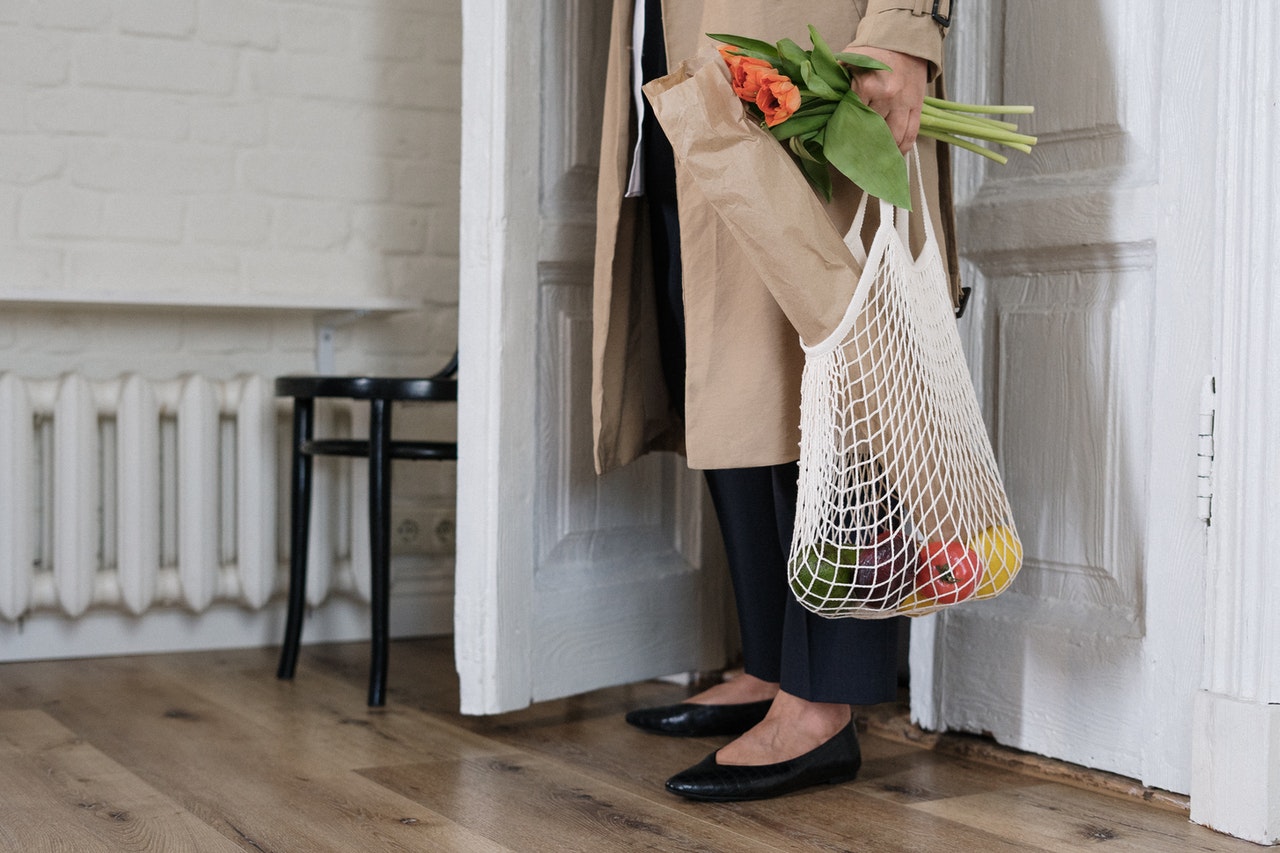
What to do when you get home with your shopping
At a minimum, you should wash your hands with soap and water as soon as you get indoors, then wash them again once you’ve put your shopping away and thrown out the packaging.
You shouldn’t need to disinfect the packaging of food, clothes or other products you buy, as some stores are required to keep these items clean.
“The risk of you selecting items which others who are infected have touched and contaminated is very small,” Bloomfield says.
Bloomfield adds that you may want to leave products aside or clean them if you’re someone who is at extreme risk from coronavirus or if you live somewhere where there is a local lockdown.
If you’ve bought food, you could wash any loose, fresh produce and wash your hands for 20 seconds with soap and water before and after you handle the food.
You can also use a food-safe disinfectant to clean surfaces touched by products you bring into your home. If you don’t have disinfectant, use hot water with soap.
Key points:
- follow your country’s social distancing guidelines while in shops
- assume you have the virus and wear a face mask
- wash your hands with soap or use hand sanitiser before and after entering a shop
- try to pay for things with a credit card or contactless payment
- reducing the spread of coronavirus is a community effort



